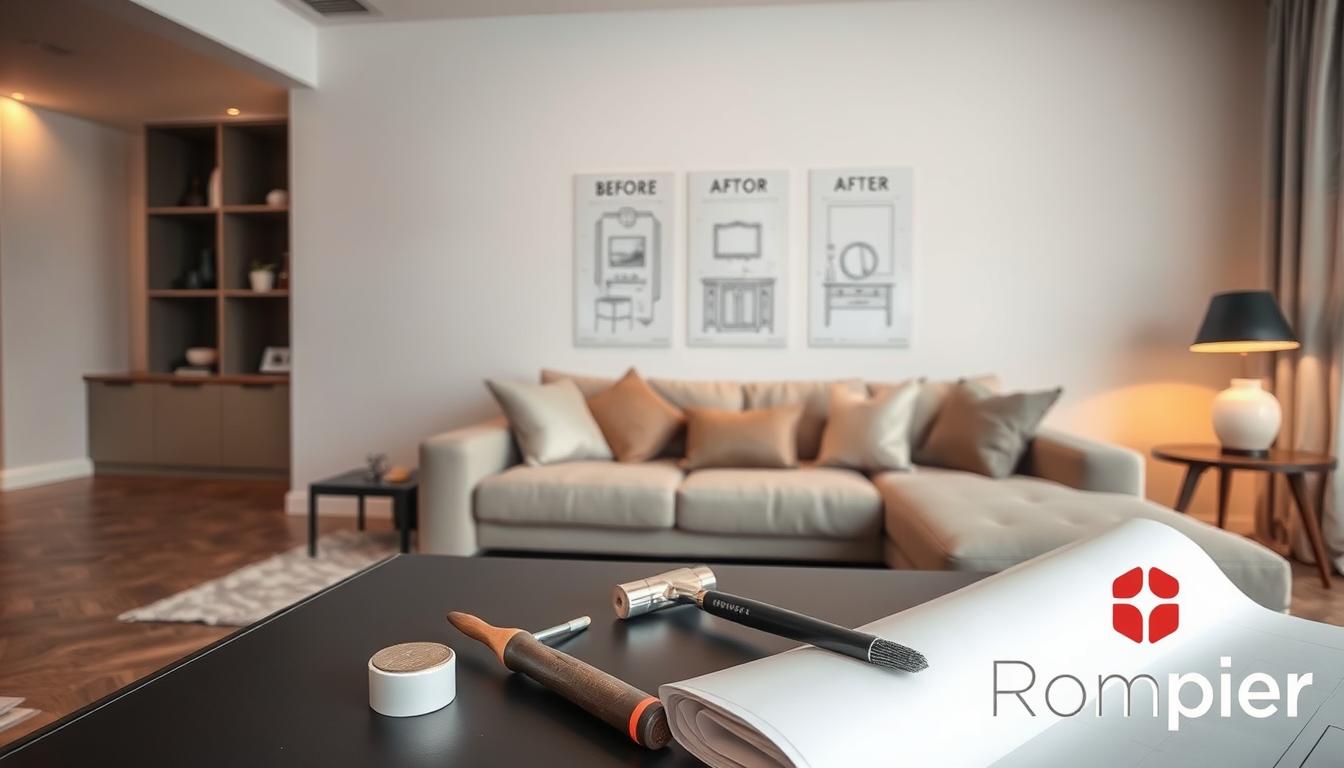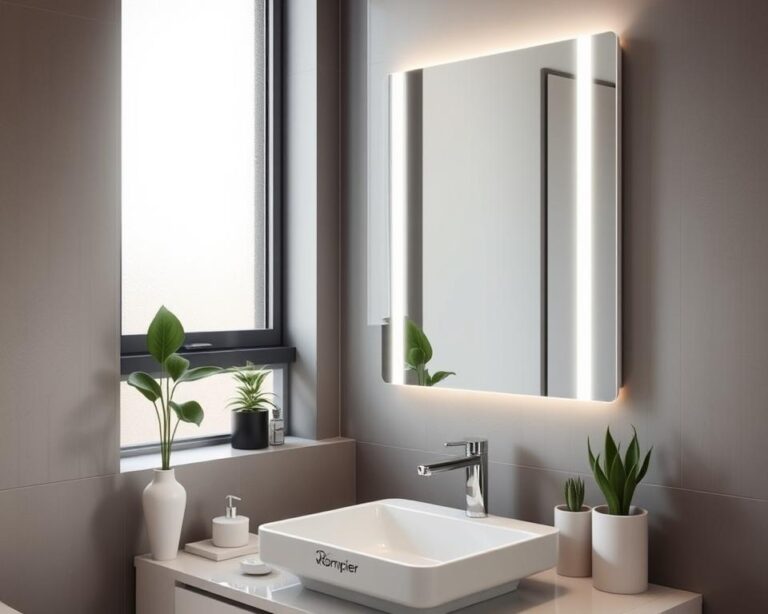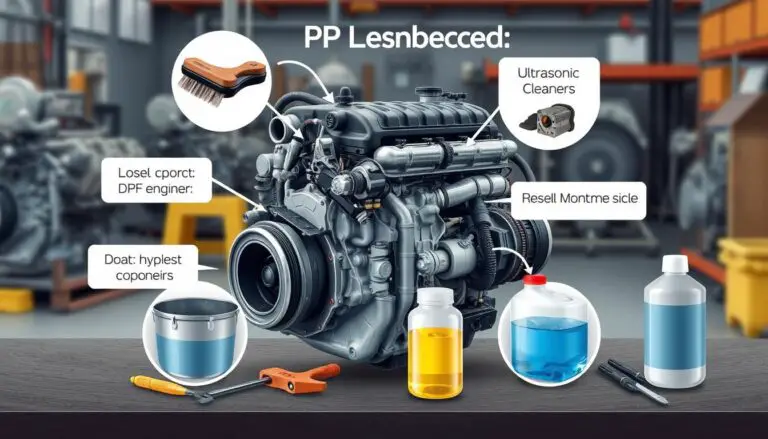How to Finance home improvements without equity
Are you dreaming of renovating your home but worried about the lack of equity to finance it? You’re not alone. Many homeowners face this challenge, but there are alternative financing options available. In this article, we’ll uncover smart strategies to fund your home improvement projects without relying on your home’s equity.
Key Takeaways
- Explore unsecured loan alternatives like personal loans and home improvement credit cards to finance your home upgrades.
- Assess your financial situation and creditworthiness to determine the best financing option for your needs.
- Understand the pros and cons of different home improvement financing options to make an informed decision.
- Investigate government grants and other assistance programs that can help you fund your home renovations.
- Develop a plan to manage your debt responsibly when using financing options like credit cards.
Understanding Home Improvement Financing Options
When planning a home improvement project, it’s key to look at your finances first. You need to find a financing option that fits your budget and plans.
Assessing Your Financial Situation
Start by checking your credit score, debts, and monthly spending. This will show how much you can borrow and what financing is best for you. A good credit score and low debt can lead to better loan terms and rates.
Exploring Unsecured Loan Alternatives
Home equity loans are common, but they might not be right for everyone. Look into personal loans for home improvements or home improvement credit cards. These don’t use your home as collateral, which is good if you don’t have much equity or want to keep your home’s value.
Also, check out government home improvement grants or home repair loans. They might have better terms and rates, based on your finances and project size.
By understanding your finances and looking at different home remodeling financing options, you can choose wisely. This ensures your choice matches your budget and future goals.
Personal Loans for Home Improvements
Personal loans are a flexible way to fund your home improvement projects. They don’t require a lot of equity in your property. These loans have competitive rates and flexible repayment plans. This makes them great for homeowners who want to renovate, repair, or upgrade without using their home’s equity.
Personal loans are very versatile. They don’t need your home as collateral. This is good for homeowners with little equity or those who want to keep their home’s value safe. Personal loans for home improvements, unsecured home improvement loans, home repair loans, and home remodeling financing offer the funds you need without risking your home.
To find the best personal loan, look at interest rates, repayment terms, and the lender’s reputation. Compare offers from different lenders to get the best deal. It’s important to manage your loan well. Missing payments or high debt can hurt your credit score and finances.
| Lender | APR Range | Loan Amounts | Repayment Terms |
|---|---|---|---|
| Lender A | 6.99% – 24.99% | $5,000 – $100,000 | 2 – 7 years |
| Lender B | 4.99% – 19.99% | $3,000 – $50,000 | 1 – 5 years |
| Lender C | 8.99% – 35.99% | $1,000 – $40,000 | 3 – 6 years |
By looking into personal loans for home improvements, you can find the right financing for your budget and project. This lets you improve your home without risking your home’s equity.
How to Finance Home Improvements Without Equity
If you’re planning home improvements but lack home equity, don’t worry. There are several financing options available to help you achieve your renovation goals. From personal loans to credit cards, we’ll explore the various strategies that can provide the necessary funds without relying on home equity.
One popular choice is the personal loan. These unsecured loans can be used for a wide range of home improvement projects, from kitchen remodels to bathroom upgrades. Unlike home equity loans or lines of credit, personal loans don’t require you to put your home up as collateral, making them a more accessible option for those without significant equity.
- Research and compare home renovation loans from various lenders to find the best rates and terms that fit your budget.
- Evaluate your credit score and financial situation to determine the home improvement financing options that are most suitable for your needs.
- Consider unsecured home improvement loans as an alternative to traditional home equity-based financing.
Another option to explore is using credit cards for home repairs and remodeling. While it’s important to manage credit card debt responsibly, some cards offer promotional financing or rewards programs that can make them a viable choice for specific home improvement projects.
“Home improvement projects can be a significant investment, but with the right financing strategy, homeowners can transform their living spaces without relying on home equity.”
Regardless of your financing method, it’s essential to carefully consider the terms, fees, and long-term impact on your financial well-being. You can find the solution that best aligns with your goals and budget by exploring the various home remodeling financing options.
Home Improvement Credit Cards
When looking for ways to fund your home improvement, credit cards are worth considering. They offer special deals and rates for home projects. This can be a good alternative to traditional loans.
Comparing Interest Rates and Fees
It’s important to compare the rates and fees of different credit cards. Some may have low rates at first, but watch out for long-term costs and hidden fees. By doing your research, you can find the best deal for your project.
Managing Credit Card Debt Responsibly
Using a credit card for home improvements needs careful planning. Create a plan to pay off the balance quickly to save on interest. Also, keep your credit use low and pay on time to avoid debt problems.
FAQ
1- What are the different financing options for home improvements without equity?
There are many ways to fund home improvements without equity. You can look into personal loans, credit cards, government grants, and other options. Each has its benefits, costs, and terms. It’s key to match your financial situation with your renovation needs.
2- How can I use a personal loan to finance home improvements?
Personal loans are a good choice for home improvements without equity. They often have good interest rates and flexible payback plans. We’ll cover what makes personal loans appealing and how to pick the right one for your project.
3- What are the benefits of using a home improvement credit card?
Credit cards can also fund home improvements without equity. Many offer special rates and perks for such projects. We’ll look at different cards, their rates, and fees. Plus, we’ll share tips on managing credit card debt to avoid financial strain.
4- Are there any government programs that can help finance home improvements?
Yes, government grants and programs can help with home improvements, even without equity. Options include FHA 203(k) loans, HomeStyle Renovation loans, and state/local initiatives. We’ll delve into these to see if they suit your project.
5- How can I evaluate my financial situation to choose the best home improvement financing option?
First, understand your financial health. We’ll guide you through checking your credit score, debts, and budget. This will help you pick the best financing for your project, considering interest rates, repayment terms, and costs.







